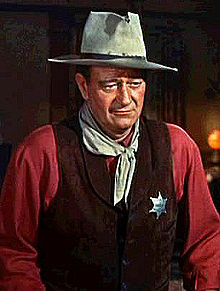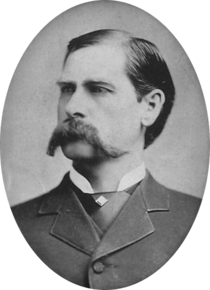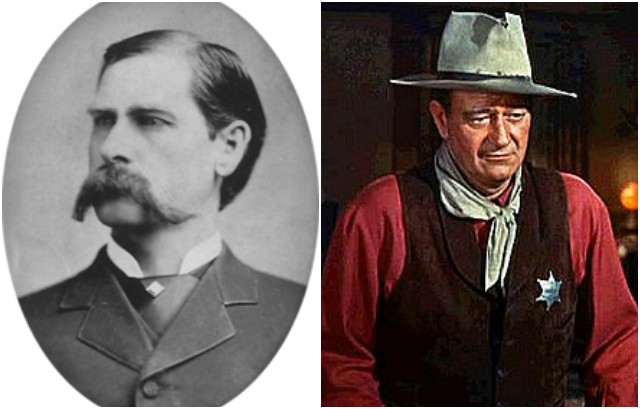Since the dawn of film, the indigenous American art form known as the Western genre shaped American society and throughout the years it became an iconic part of American culture. Considered by many as one of America’s few original art forms, the Western genre defined the early days of the expansive American frontier, mostly in the last part of the 19th century.
Western movies portray dangerous adventures in the wilderness, beautiful landscapes, lonesome cowboys, gunfights, saloons, ranch houses, and conflicts between white settlers and Native Americans.

Since Edwin S. Porter’s pioneering western, The Great Train Robbery, the genre evolved in many ways. As American society changed, the Western genre also underwent a transformation, and many issues were presented in a different way than ever before.
Westerns became widely popular not just in the United States but also in other parts of the world. Directors such as Sergio Leone, Howard Hawks, and John Ford helped in the popularization of the genre and influenced many other filmmakers and movie industries throughout the world.
Many of the most famous characters in the Western movies were either loosely or wholly based on real people. However, there is no other character mentioned more often in films or on television than Wyatt Earp.
The colorful life of this complex individual and icon of the Old American West has been an inspiration for movie makers and profoundly influenced the genre. He is probably the best-known lawman, but on the other hand, had been arrested several times during his life for various offenses, including horse theft, burglary, attacking a law officer, and consorting with prostitutes. However, Earp achieved iconic status mostly due to his role in one of the most famous gunfights in American history – the gunfight at O.K. Corral.

The famed lawman of the American West spent the final years of his life in California where he worked as a consultant on some silent cowboy movies. While there, Earp became good friends with many famous actors of the early Western movies, including William S. Hart and Tom Mix.
Tom Mix became very close friends with Earp and even tried to convince some of the most influential people in Hollywood to make a film about Earp’s legendary gunfight, but his efforts were fruitless. In fact, the two of them were so close, that Mix served as a pallbearer at Earp’s funeral.

One of the greatest directors in film history, John Ford, also met Earp who often visited Ford’s film sets. Earp described the gunfight at O.K. Corral to him and even drew it out on paper. Ford later used the sketch to film the fight in My Darling Clementine.
In California, Wyatt Earp also befriended a young actor named Marion Morrison who would later change his name to John Wayne and would become an American acting icon. Director John Ford hired John Wayne as a prop boy and extra, so he had the opportunity to meet Wyatt Earp. He made an impact on the young actor who later credited his walk, talk, and persona to his acquaintance with Wyatt Earp and on one occasion he reportedly said, “Earp was the man who had actually done the things in his life that I was trying to do in a movie. I imitated his walk; I imitated his talk”.
Eventually, John Wayne became one of the most popular film actors of the 20th century, and with the help of the famed lawman, Wyatt Earp, he created the model for the iconic hero of the American West.
